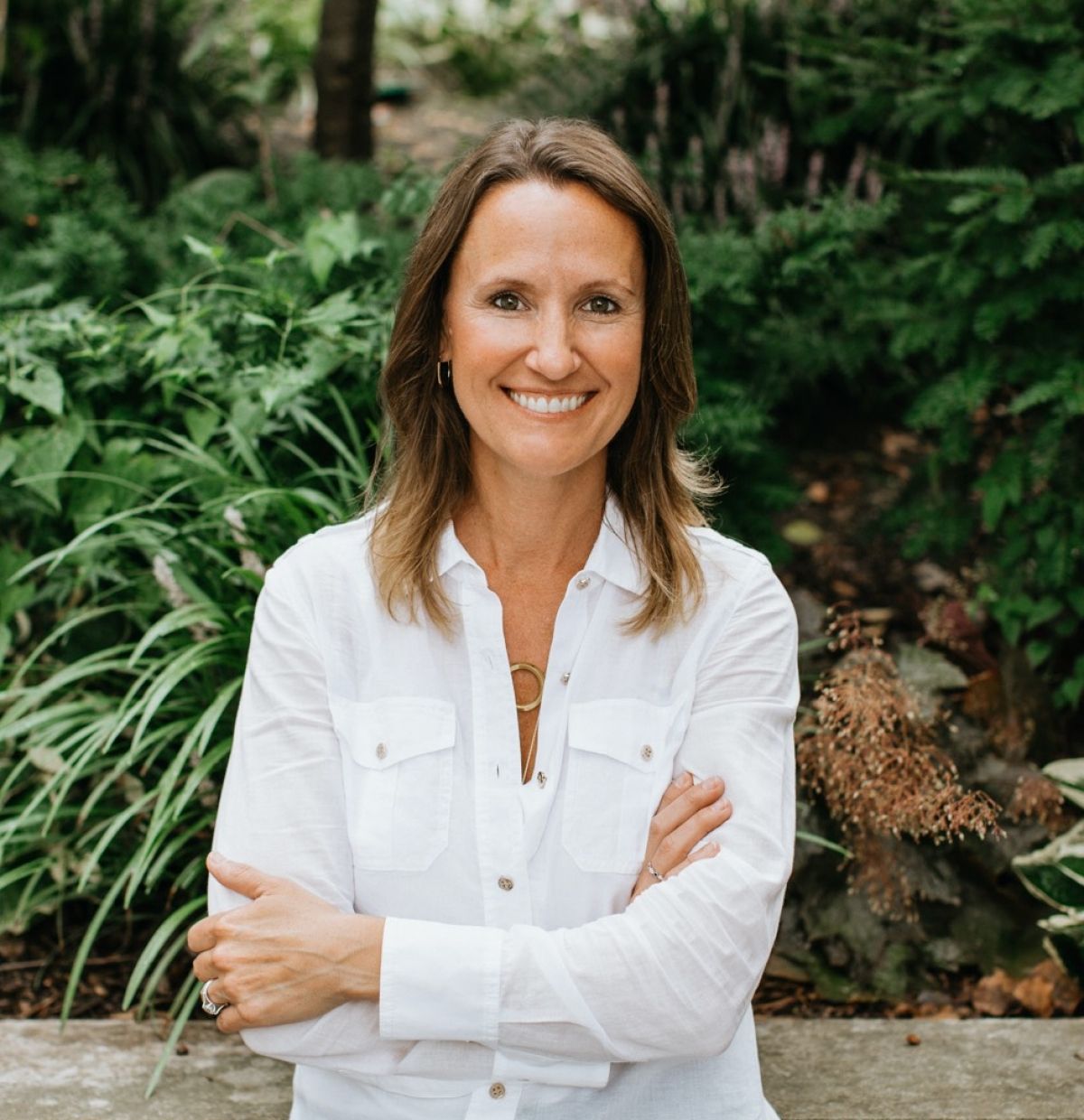Fifteen years ago, Christopher Simpson and I took the plunge and launched SimpsonScarborough. He was the Simpson and I was the Scarborough. Like Donny and Marie, he was a little bit crisis comms and media relations, and I was a little bit market research and marketing strategy. Back then, most universities still had a news bureau. Most communications departments existed within the Advancement function. “Marketing” hadn’t been added to “communications & marketing” yet. No more than 300 people attended the annual AMA Symposium. CMOs didn’t exist in higher ed. Shoot, we were barely able to use the word “marketing," and we could still get in real trouble for using the word “branding.” And I will never forget that time circa 2007 that I referred to students as “customers” in front of a university president.
How the times have changed. The industry has grown and matured. Many universities have CMOs that report to the president and sit on her cabinet. The critical role that marketing plays in the higher education administration is beginning to be understood, even appreciated, rather than being viewed as a “necessary evil.” Faculty that once yearned for the powerful impact their institution has on its students, alumni, and community to be known are finally being appreciated and celebrated for their mission-critical work.
We’re now more driven to advance the entire cause of higher education because we can see the role our work plays in reinforcing higher education as an “essential service” required to address the issues such racism, climate change, public health, and income inequality.
The publication of Terry Flannery's important new book, How to Market a University, is significant evidence of the maturity of the higher ed marketing function. It’s a welcomed affirmation for the professionals who are dedicated to telling their institution’s stories and work tirelessly to ensure their institution's value is known. It's the first, full, and comprehensive book on the marketing function in higher ed and represents an important “graduation day” for our field. She lays out best practices in market research, organizational structure, budgeting for marketing, brand strategy, creative expression, marketing integration, and measuring results.
Using examples of her own experiences at the University of Maryland and American University and case studies of a wide variety of other institutions, Terry effectively conveys that marketing strategy is institutional strategy, full stop. So, it's easy to recommend that every higher ed marketer get a copy. It will help you organize your thinking about almost all of the marketing challenges and opportunities your institution is facing. I’d also recommend the book for presidents and cabinet members. Marketing is still often misunderstood and viewed skeptically on college campuses. To some, the function seems to blend confusingly with fundraising, alumni relations, recruitment, retention, and university relations. How to Market a University provides a road map to building a communications and marketing program that is integrated, efficient, authentic, data-driven, results-oriented, and focused on institutional priorities.
Marketing strategy is institutional strategy, full stop.
We celebrate Terry’s book as an important milestone in our industry as we celebrate the important milestone of our 15th anniversary. SimpsonScarborough has grown and matured over the years as well. Instead of broadening our focus to other industries or functions, we've focused exclusively on going deeper with our clients and elevating the role of marketing and branding within higher education. From creative identity to web design, video campaigns to content strategy, media buying to marketing planning, as a full-service agency, we provide comprehensive solutions to solve our clients' most pressing problems.
But that doesn't mean we've neglected our roots in market research — not only has our research and analytics become more sophisticated, it's shaped who we are as a company. Research isn't just one of our service offerings; it's the way we approach our work — following where the data lead. With greater impact, our work has become more powerful, more personal, and more meaningful. We’re now more driven to advance the entire cause of higher education because we can see the role our work plays in reinforcing higher education as an “essential service” required to address the issues such racism, climate change, public health, and income inequality.
For all of us at SimpsonScarborough, our 15th anniversary is bittersweet. It calls for a big celebration in a time when we cannot be together in person. Rest assured, there will be a virtual happy hour. We will toast to each other and to our great friends and clients at colleges and universities across the country. We’ll give thanks that we get to work with the best people at all types of colleges and universities on the most interesting and important marketing projects. We’ll celebrate the resilience our nation’s colleges and universities have exhibited throughout an unimaginable global pandemic. We’ll look forward to the emerging new normal we can only yet glimpse on the horizon.











